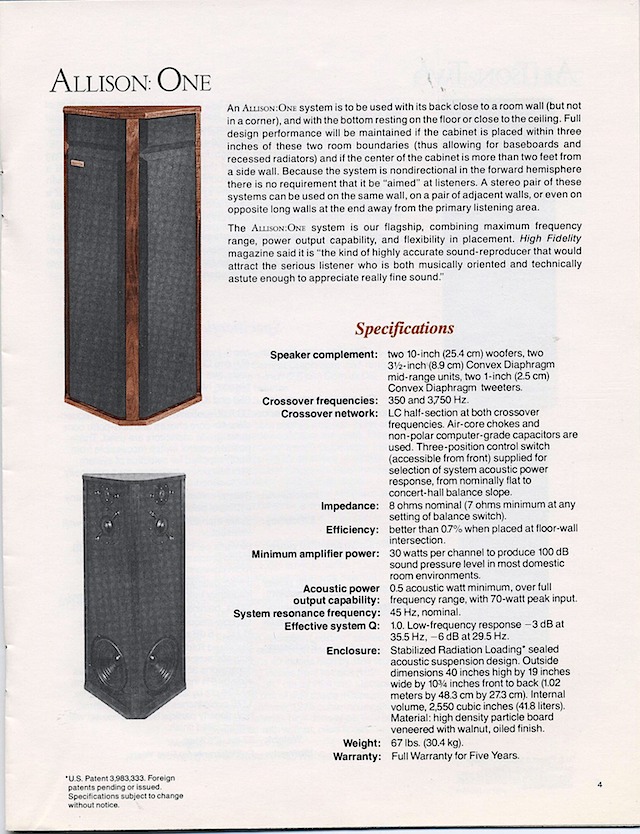Yes, ported design should give you better sensitivity for the same driver in the pass-band (above port tuning frequency) when compared to sealed. But below port tuning frequency the response drops way faster, sealed drops only about a half of that. How it exactly behaves depends on many factors, like box volume, the port(s) and front baffle shape. Which is better depends on how you plan to use it and where your tuning frequency is (cross over with subs? is it a sub? for music or movie rumble?).Do ported designs actually win in absolute output? They're more efficient, sure, but judging by some random WinISD sims it seems that they have no advantage in max SPL when port volume is accounted for
To the OP: You should not expect loud and low bass from TMM 2- or 2.5-way. I'd go for a TMW 3-way. If you are using subs, you can make a 2-way and think of the subs as the third way, but then you need to choose the crossover point wisely and make sure it works out acoustically in your room. That can be a challenge. If your goal is to build small desktop speakers, you can tune lower as you don't need so much SPL.

